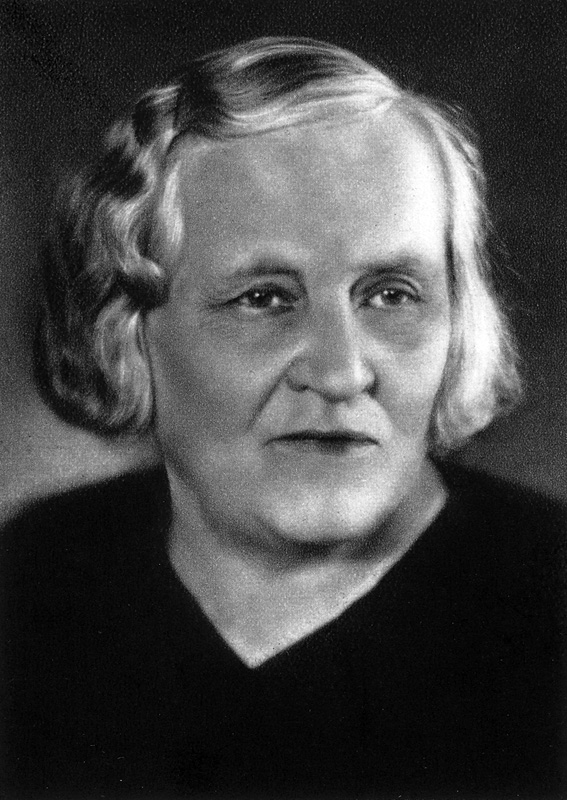Božena Slančíková-Timrava on:
[Wikipedia]
[Google]
[Amazon]
 Božena Slančíková (October 2, 1867, Polichno - November 27, 1951,
Božena Slančíková (October 2, 1867, Polichno - November 27, 1951,
DOKweb: ''My Aunty Timrava'' (documentary film)Timrava website
{{Authority control 19th-century Slovak women writers 19th-century Slovak writers Slovak feminists 1867 births 1951 deaths People from Lučenec District 20th-century Slovak women writers 20th-century Slovak writers Slovak women poets Women short story writers Slovak women novelists
 Božena Slančíková (October 2, 1867, Polichno - November 27, 1951,
Božena Slančíková (October 2, 1867, Polichno - November 27, 1951, Lučenec
Lučenec (; german: Lizenz; hu, Losonc; yi, לאשאנץ; la, Lutetia HungarorumLelkes György (1992), Magyar helységnév-azonosító szótár, Balassi Kiadó, Budapest, 508 p.) is a town in the Banská Bystrica Region of south-central Slovaki ...
), better known by the pen name Timrava, was a Slovak novelist, short story writer and playwright. She also wrote under the name "Aunt Polichna". "Timrava" was taken from the name of a popular small lake with a fountain, where she liked to sit while writing.
Biography
She was born into the family of Paul Slančík, aLutheran
Lutheranism is one of the largest branches of Protestantism, identifying primarily with the theology of Martin Luther, the 16th-century German monk and reformer whose efforts to reform the theology and practice of the Catholic Church launched th ...
pastor
A pastor (abbreviated as "Pr" or "Ptr" , or "Ps" ) is the leader of a Christian congregation who also gives advice and counsel to people from the community or congregation. In Lutheranism, Catholicism, Eastern Orthodoxy, Oriental Orthodoxy and ...
and one of the co-founders of Matica Slovenská
Matica Slovenská (en. Slovak Matica) is a Slovakia, Slovak national, Culture, cultural and scientific organization headquartered in Martin, Slovakia. It was founded in 1863 and revived in 1919. The organisation has facilities in the Slovaki ...
. She had ten siblings of whom six survived to adulthood. At fifteen, she briefly attended a public boarding school at Banská Bystrica
Banská Bystrica (, also known by other alternative names) is a middle-sized town in central Slovakia, located on the Hron River in a long and wide valley encircled by the mountain chains of the Low Tatras, the Veľká Fatra, and the Kremnica Mo ...
, otherwise her education took place entirely at home, where she lived until her father's death in 1909.Introduction to "That Alluring Land" by N. Rudinsky Although she made several attempts to leave, she had little success finding a job. For three months, she was a companion to a wealthy widow in Dolný Kubín
Dolný Kubín (; also known by other names) is a town in northern Slovakia in the Žilina Region. It is the historical capital and the largest settlement of the Orava region.
Names
The name is derived from the archaic Slovak word meaning a "gla ...
, and later became the caretaker of collections at the Slovak National Museum
The Slovak National Museum ( sk, Slovenské národné múzeum) is the most important institution focusing on scientific research and cultural education in the field of museology in Slovakia. Its beginnings "are connected with the endeavour of the ...
in Martin Martin may refer to:
Places
* Martin City (disambiguation)
* Martin County (disambiguation)
* Martin Township (disambiguation)
Antarctica
* Martin Peninsula, Marie Byrd Land
* Port Martin, Adelie Land
* Point Martin, South Orkney Islands
Austral ...
, but this also lasted only for a short time. After her father's death, she moved in with her mother, near her twin brother's rectory
A clergy house is the residence, or former residence, of one or more priests or ministers of religion. Residences of this type can have a variety of names, such as manse, parsonage, rectory or vicarage.
Function
A clergy house is typically ow ...
in the village of Ábelová, two miles west of Polichno. While at Martin, she had made the acquaintance of Elena Maróthy-Šoltésová, a member of the Slovak women's movement, who encouraged her to be a writer. Royalties, however, were slim and she was forced to take a position as a kindergarten teacher; a post she held from 1919-1929, when she retired. Her small pension was not sufficient and the royalties from her writing didn't increase, so she moved to Lučenec
Lučenec (; german: Lizenz; hu, Losonc; yi, לאשאנץ; la, Lutetia HungarorumLelkes György (1992), Magyar helységnév-azonosító szótár, Balassi Kiadó, Budapest, 508 p.) is a town in the Banská Bystrica Region of south-central Slovaki ...
in 1945, to live with relatives. In 1947, she was awarded the title of "National Artist".
Writing
Although she lived in relative seclusion for her entire life, she had meetings with many eminent Slovak cultural figures such as the poet Kolomon Banšell, Ema Goldpergerová (one of the co-founders of the Slovak National Museum) and Olga Petianová ( Štefan Krčméry's mother). Her first works were issued in a handwritten journal called "Ratolest" (Sprig), produced together with her sister Irene. Satirical verses comprised most of her early works, but she eventually turned to novels and short stories, with an occasional play. Her writings describe people and their thoughts, as well as offering some critical commentary on political and ethnic issues. The stories usually take place in a village or small town in her native region, and many of them are based on her own experiences. Although love is often the principal motive in her stories, she never became sentimental, which was the tendency of most earlier Slovak prose.In English
*''That Alluring Land : Slovak Stories'', translated and edited by Norma L. Rudinsky. University of Pittsburgh Press, (1992)References
External links
DOKweb: ''My Aunty Timrava'' (documentary film)
{{Authority control 19th-century Slovak women writers 19th-century Slovak writers Slovak feminists 1867 births 1951 deaths People from Lučenec District 20th-century Slovak women writers 20th-century Slovak writers Slovak women poets Women short story writers Slovak women novelists